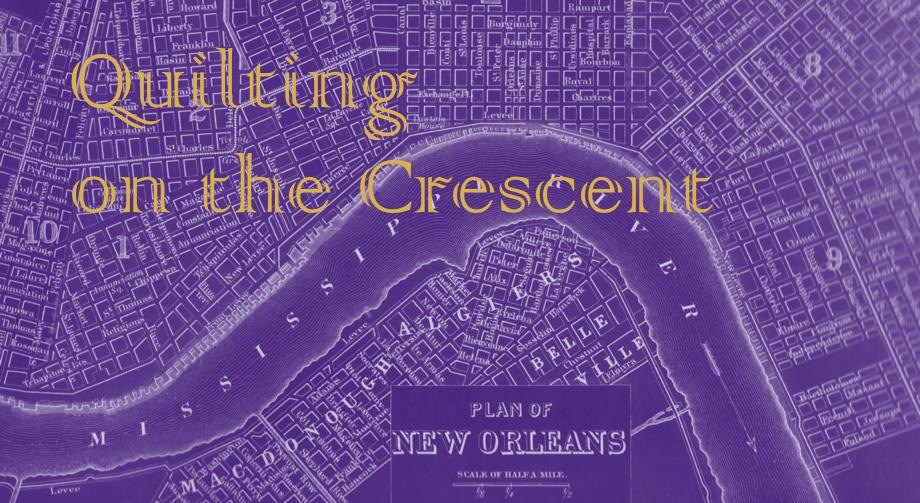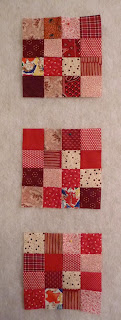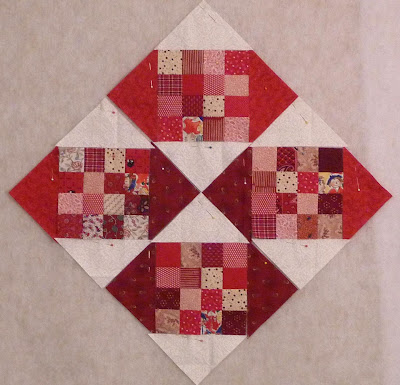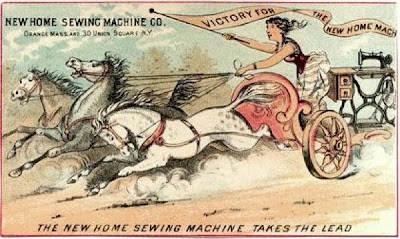 |
| My Dear Husband created this sign to announce his retirement policy. |
This beauty is a Singer Model 15 treadle. Collectors call the decals on this machine "Sphinx" or "Memphis". I can't say exactly how old this machine is, but I don't think she was heavily used, as her decals are in beautiful condition. Yes, I know it is possible to assign a date to Singer machines based on their serial number. However, those numbers are only a guide to the general timeframe a machine was manufactured, and should only be used as a guide. Besides, the machine is at the camp and I'm at home - I don't have the serial number written down anywhere.
 |
The most distinctive characteristic of the Model 15 is the placement of the tension adjustment knob on the back of the machine. If you find a machine with this type of tension adjustment, chances are it is a Model 15 or a Japanese copy of a Model 15. Between Singer's manufacture and all the Japanese clones that appeared after WWII, the Model 15 was in production for a long time. If you are looking for a reliable straight-stitch machine without investing an arm and a leg, you won't go wrong with a Model 15 or a clone.
Using a treadle sewing machine is pretty simple. It might take a little practice to get the hang of it, but the treadle motion quickly becomes second nature. The added exercise is a nice plus, too. Living on the Gulf Coast - where power failures can happen with even a mild thunderstorm - it's also very convenient to have an electricity-free sewing machine!
The Age of the Interwebs has made it easy to find antique and vintage sewing machine resources. If you are interested in using a people-powered sewing machine, I recommend the Treadle On website as a great starting point. It's a down-to-earth website loaded with practical information presented in a straightforward, but fond and often humorous way. Treadle On!











































